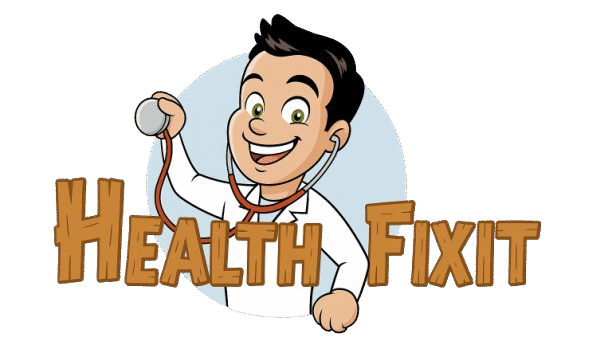Central Sulcus
Definition: What is the Central Sulcus of Rolando? A sulcus is a defined as a deep groove that separates the gyri or convolutions on the surface of the brain. Named after Luigi Rolando, the central sulcus (of Rolando) or Rolandic...
Read MoreLingual Tonsils
Definition and Function Lingual tonsils are a group of lymphoid nodules (30-100 follicles) located at the posterior third of the tongue. Their appearance is described as exophytic mucosal small masses with crypts and folds. This creates the reticular pattern at...
Read MoreXiphoid Process
Xiphoid Process and Pain Definition Other names for the xiphoid process are processus xiphoideus, ensiform or xiphoid appendix. It rests at the 10th thoracic vertebra. It is the tiniest and lowest part of the sternum. Unlike the other two parts...
Read MoreWhere is the Heart Located ?
The Heart Heart is a very important organ which acts as a muscular pump. It pumps the blood that circulate around the whole body and provide oxygen and nutrients to all organs which is needed for their survival. The heart...
Read MoreTibiofemoral Joint
The knee joint allows you to extend and flex the legs. It is a bicondylar type synovial joint. It is surrounded by joint capsule with ligaments strapping inside and outside of the joint. The ligaments that run along the sides...
Read MoreSaddle Joint
There are different types of joints in the human body. The synovial joints are the most common. Because of synovial joints, people were able to move freely. Synovial joints enable you to walk, run, type, and write. They are a...
Read MoreCricoid Cartilage
Cricoid Cartilage Definition and Structure Cricoid cartilage is an unpaired hyaline cartilage located in the larynx at C6 vertebral level. It rests inferior to the thyroid cartilage. It has a characteristic signet ring shape where the anterior part has an...
Read MoreMandibular Fossa
Mandibular Fossa Definition Mandibular fossa is a concavity in the squamous portion of the skull’s temporal bone. This is the area where the head of the mandible articulates with the articular disk. It allows the mouth to be closed and...
Read MoreWhat side is your appendix on
Appendicitis is the inflammation of the appendix. What is an appendix? It is a tiny sac attached in the cecum (first section of the colon) in the right lower quadrant of the abdomen. It is a vermiform appendix because of...
Read More
